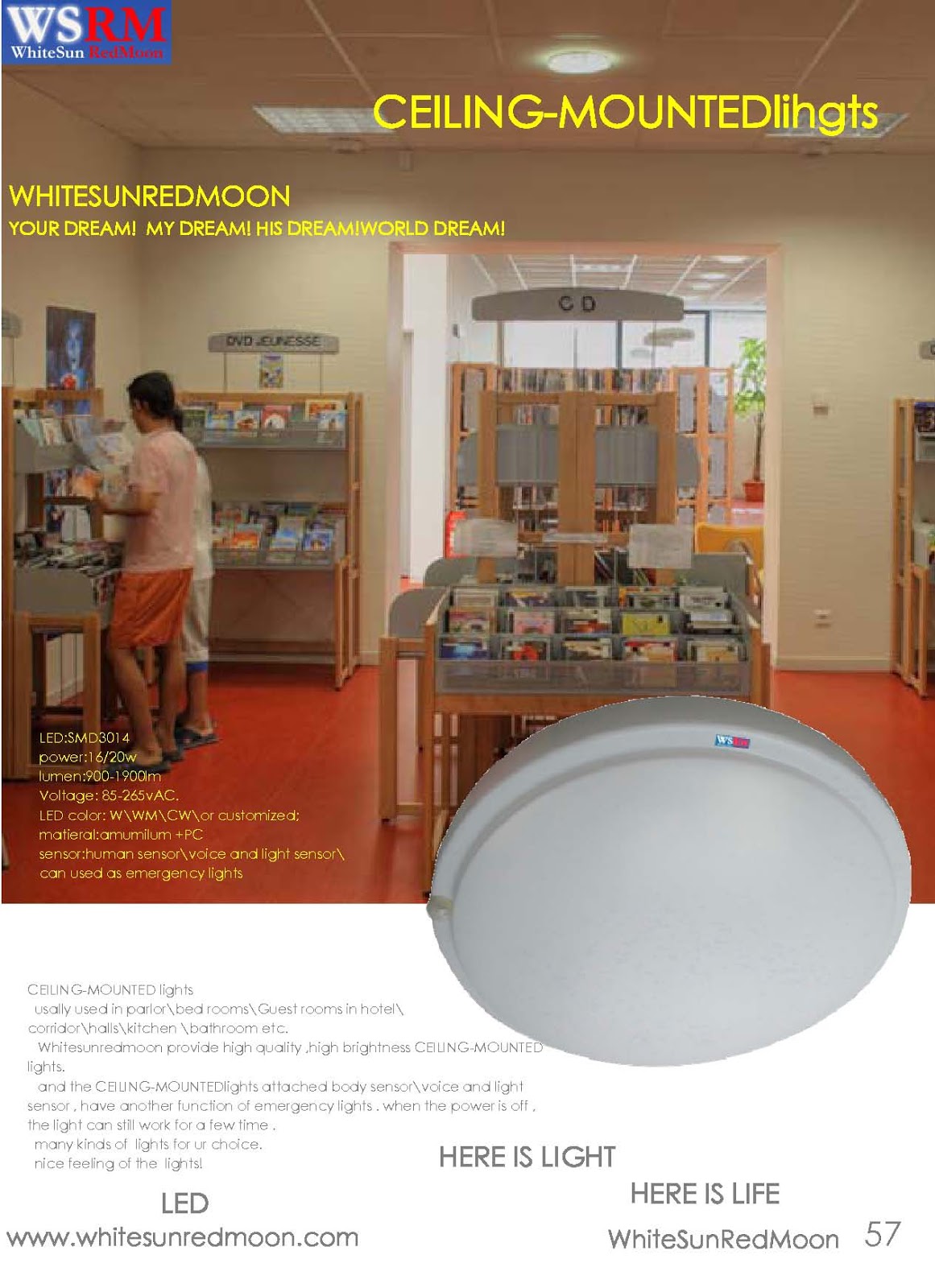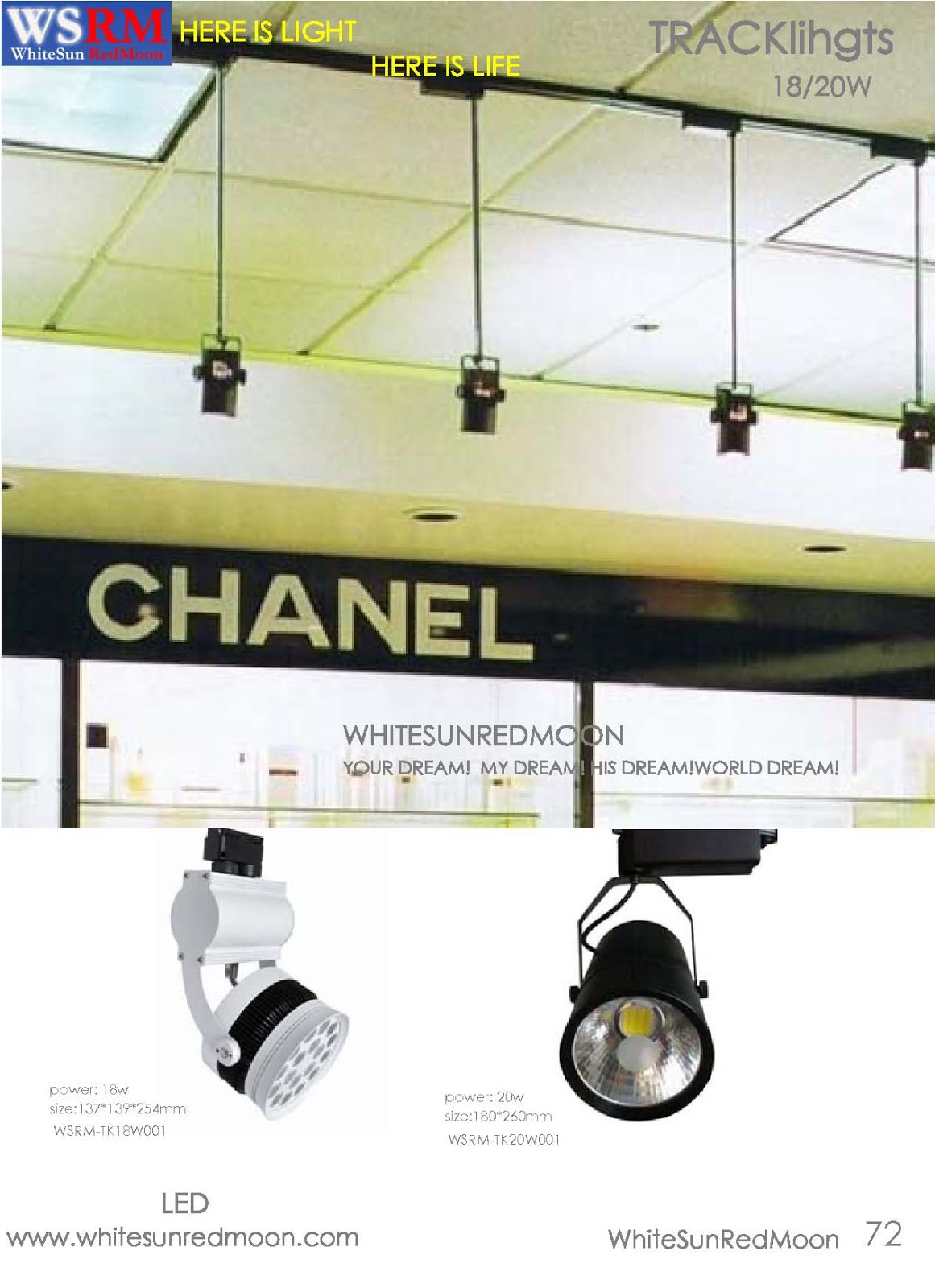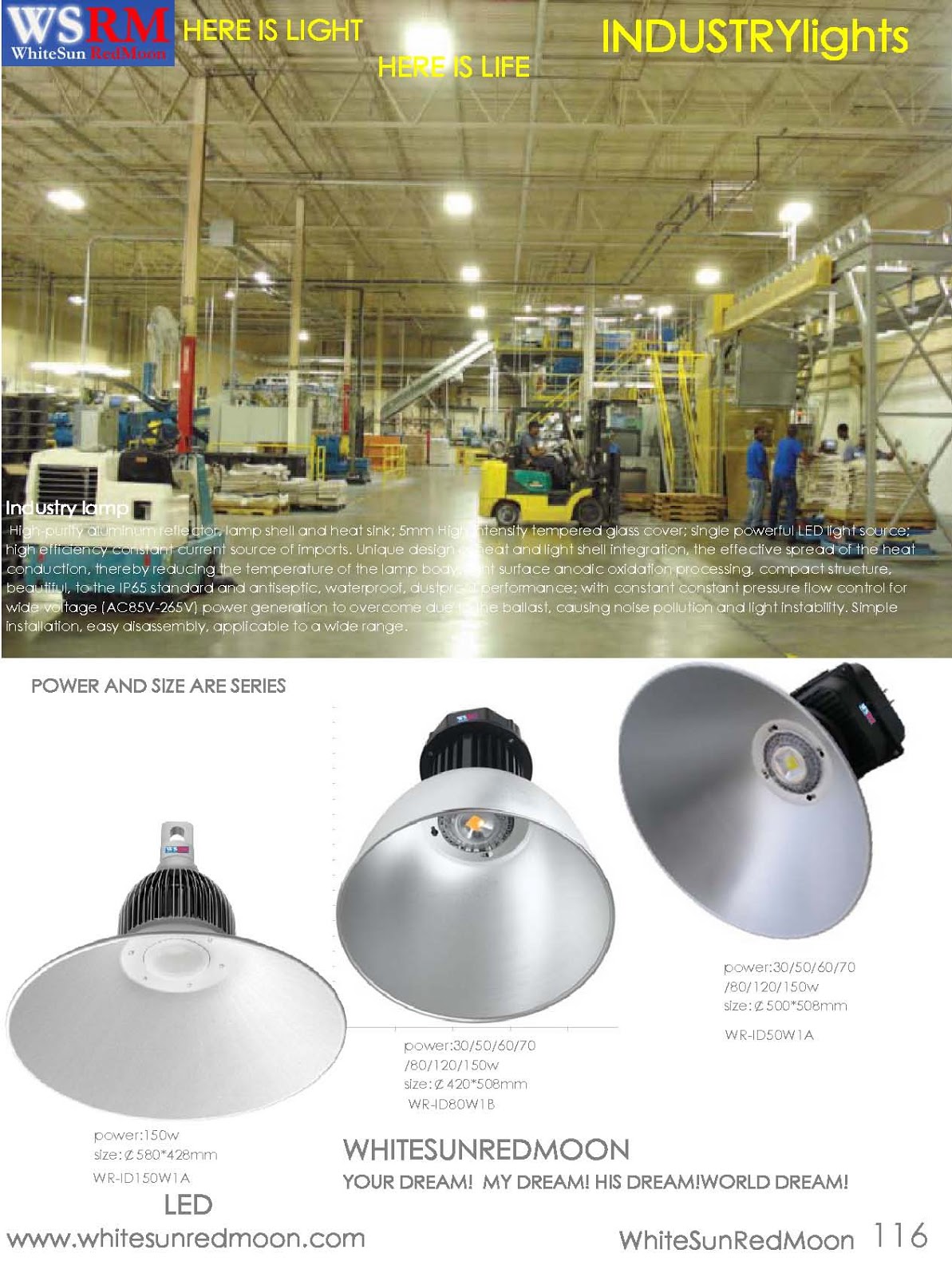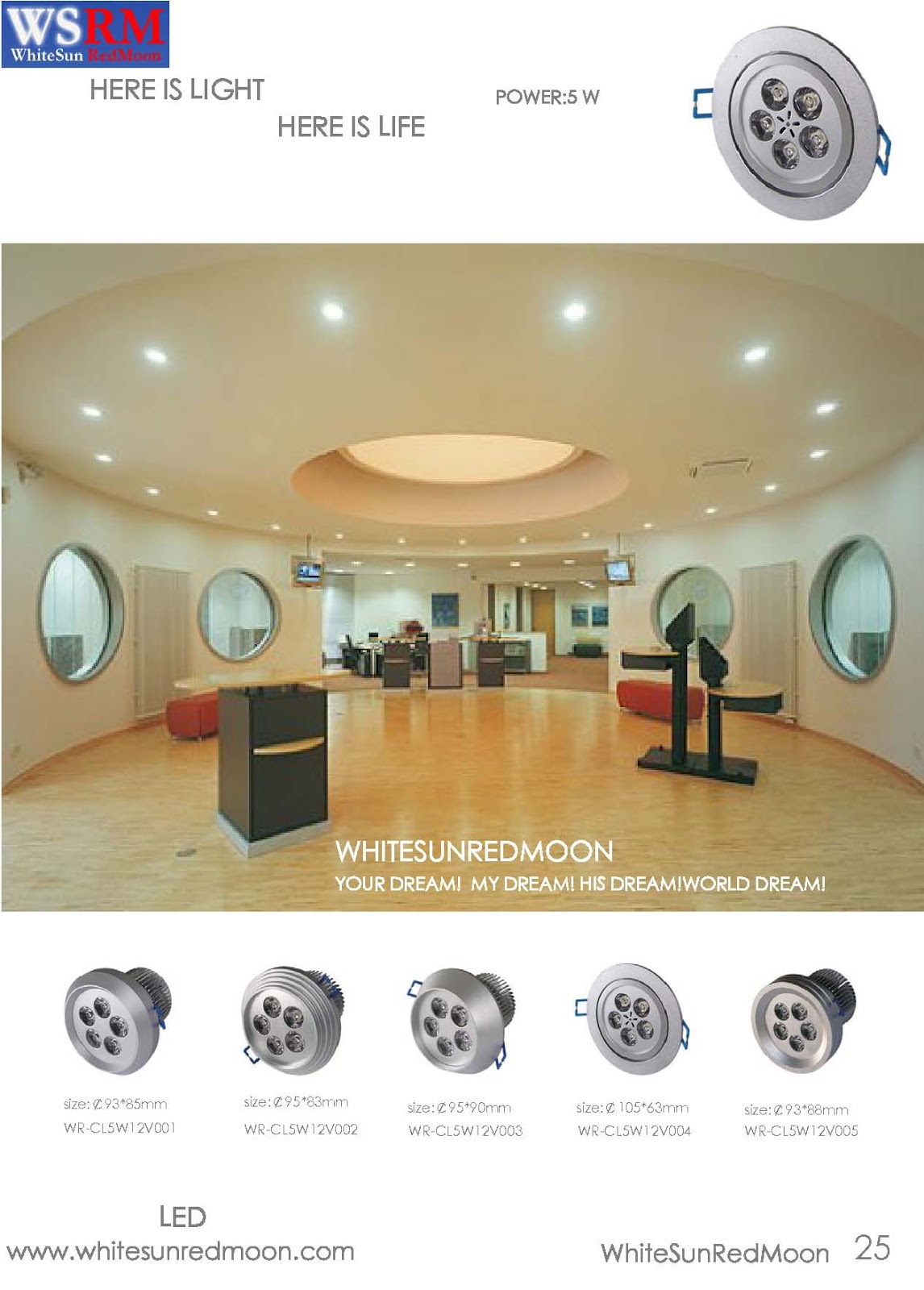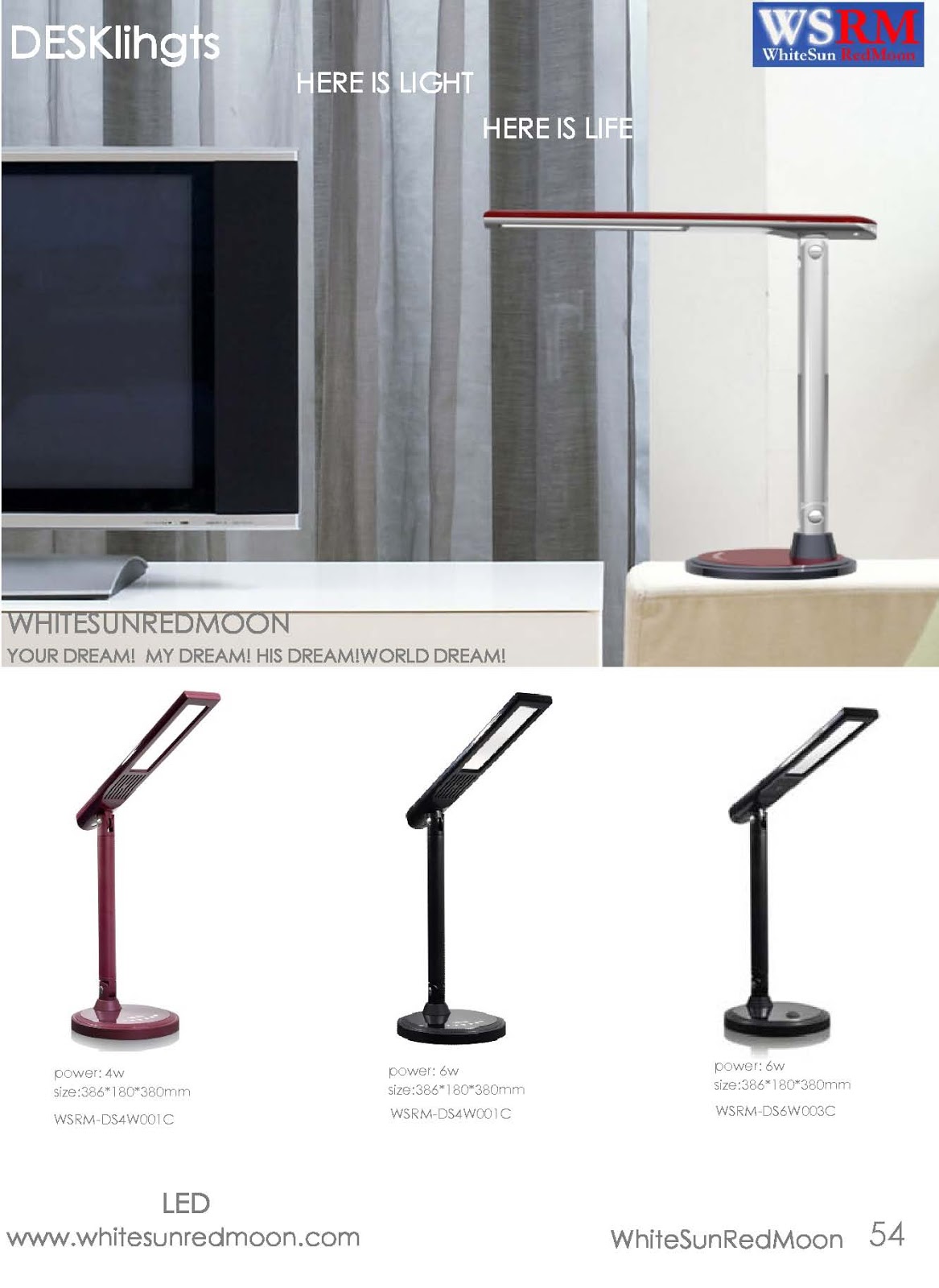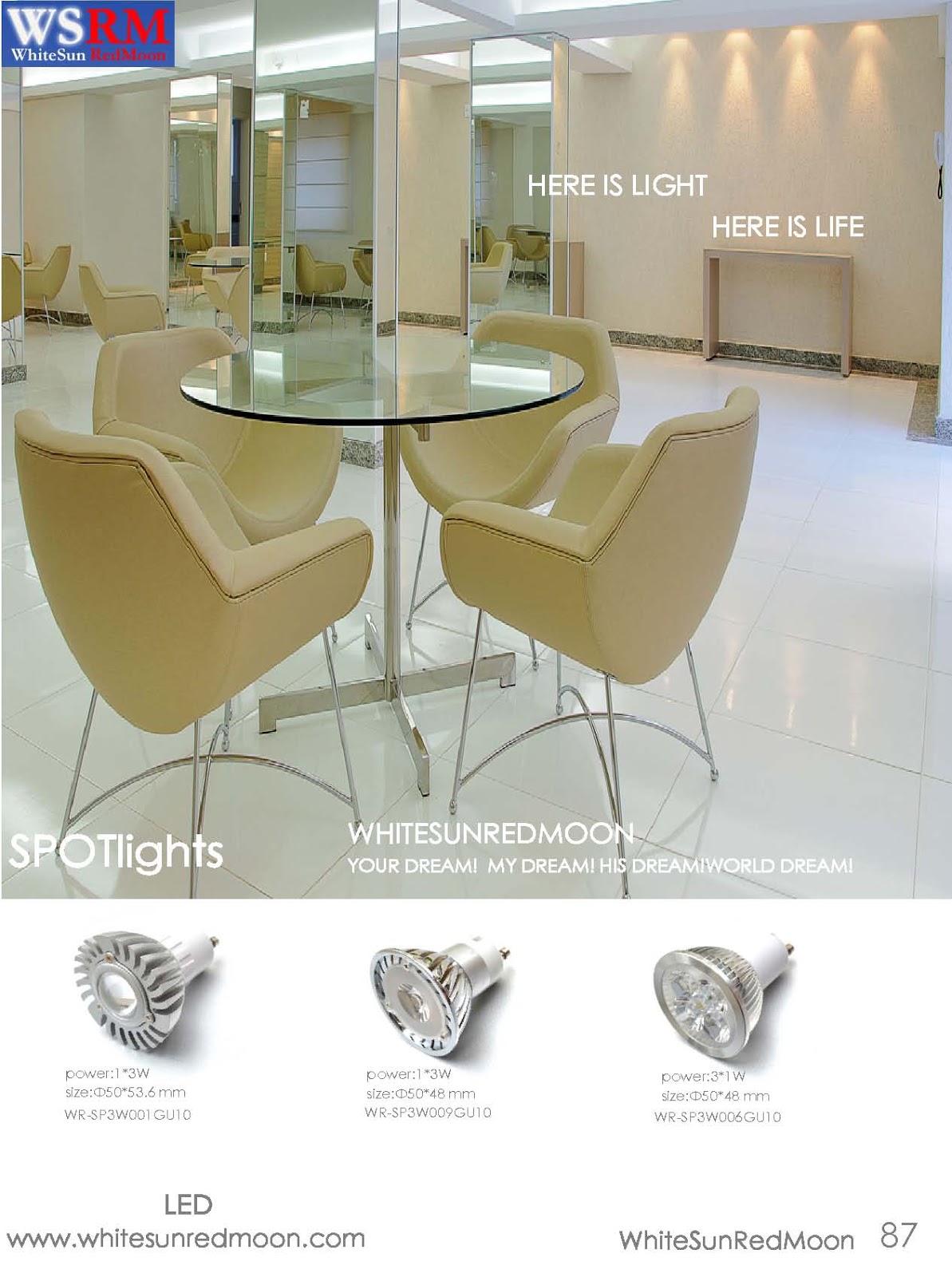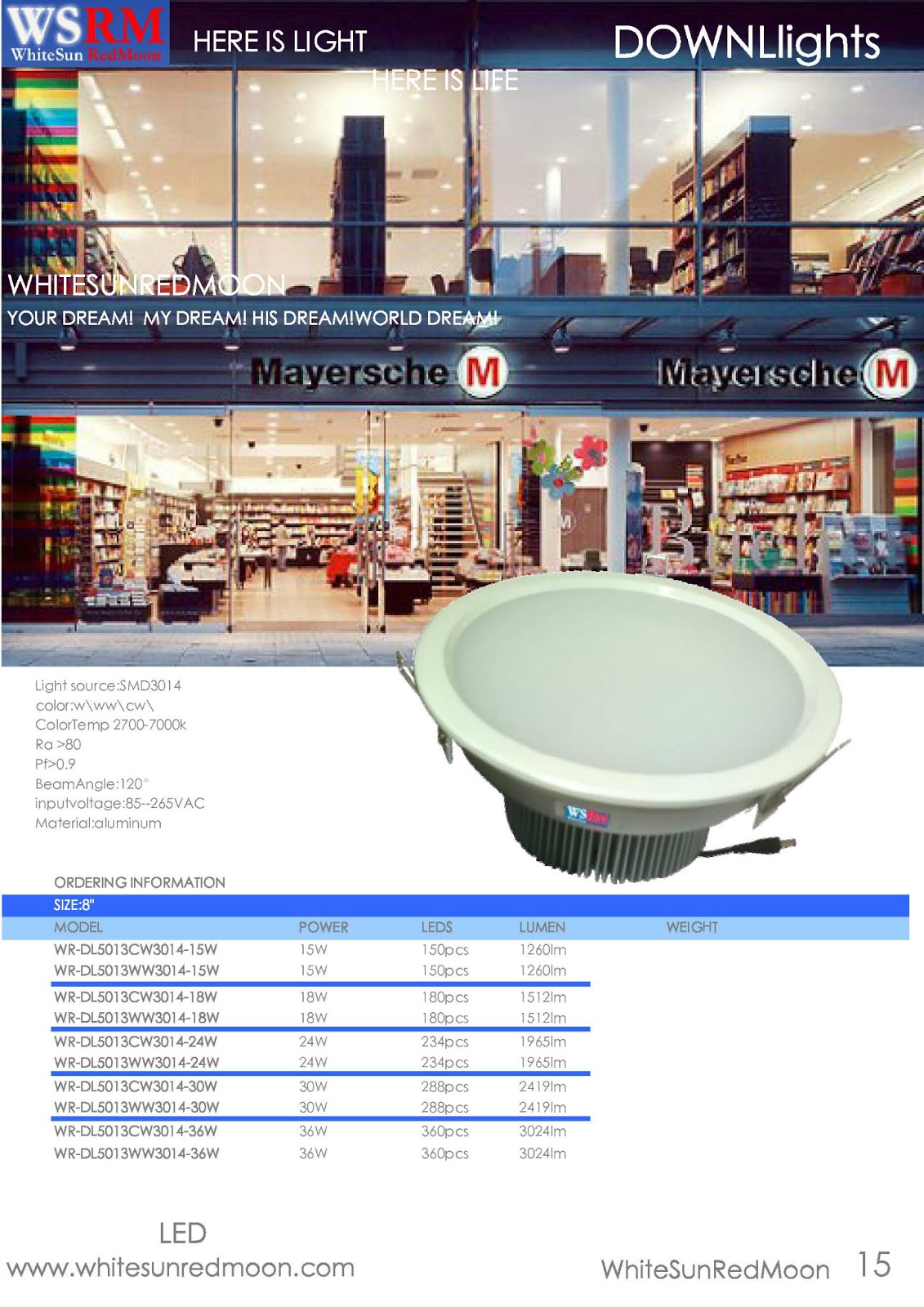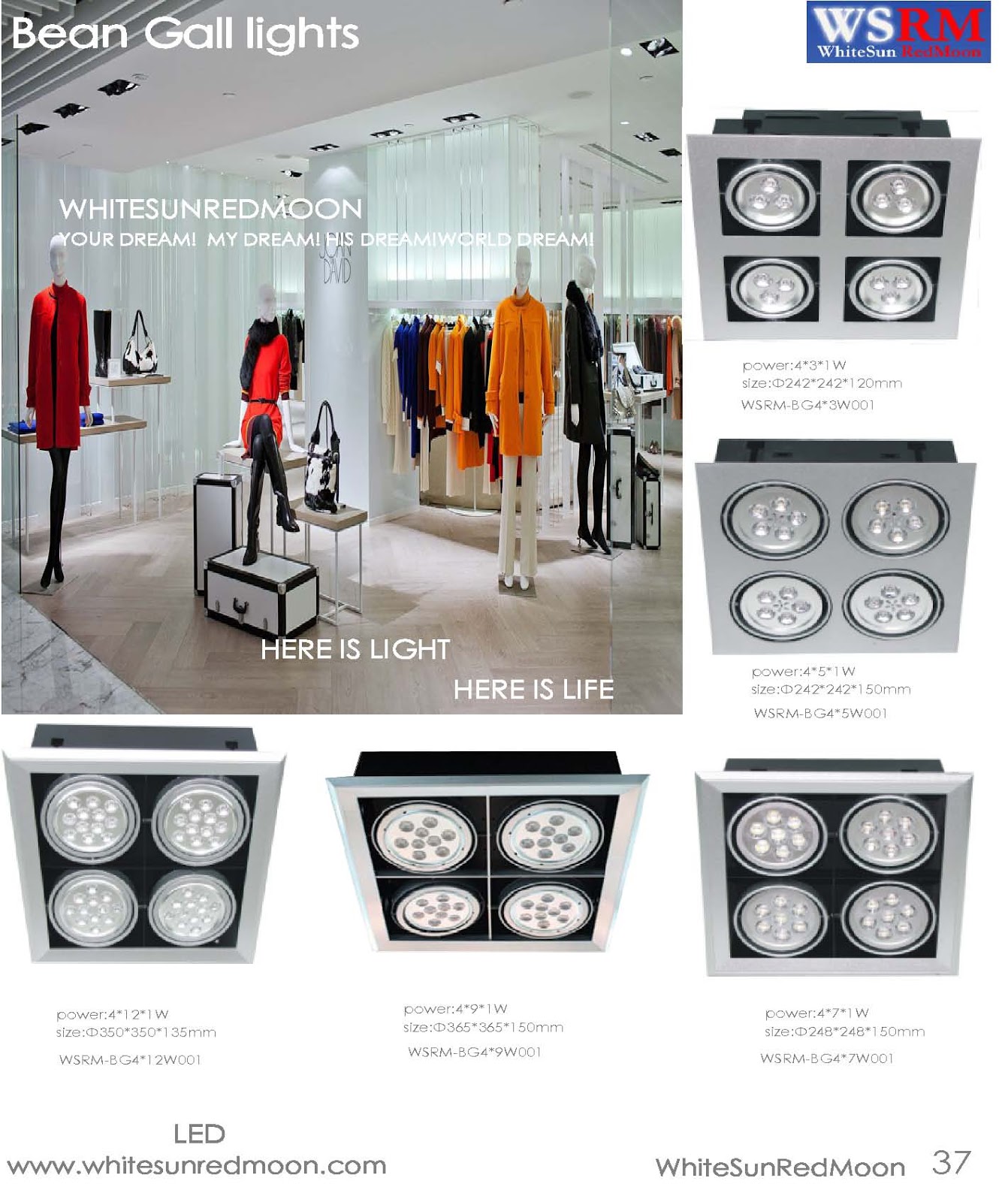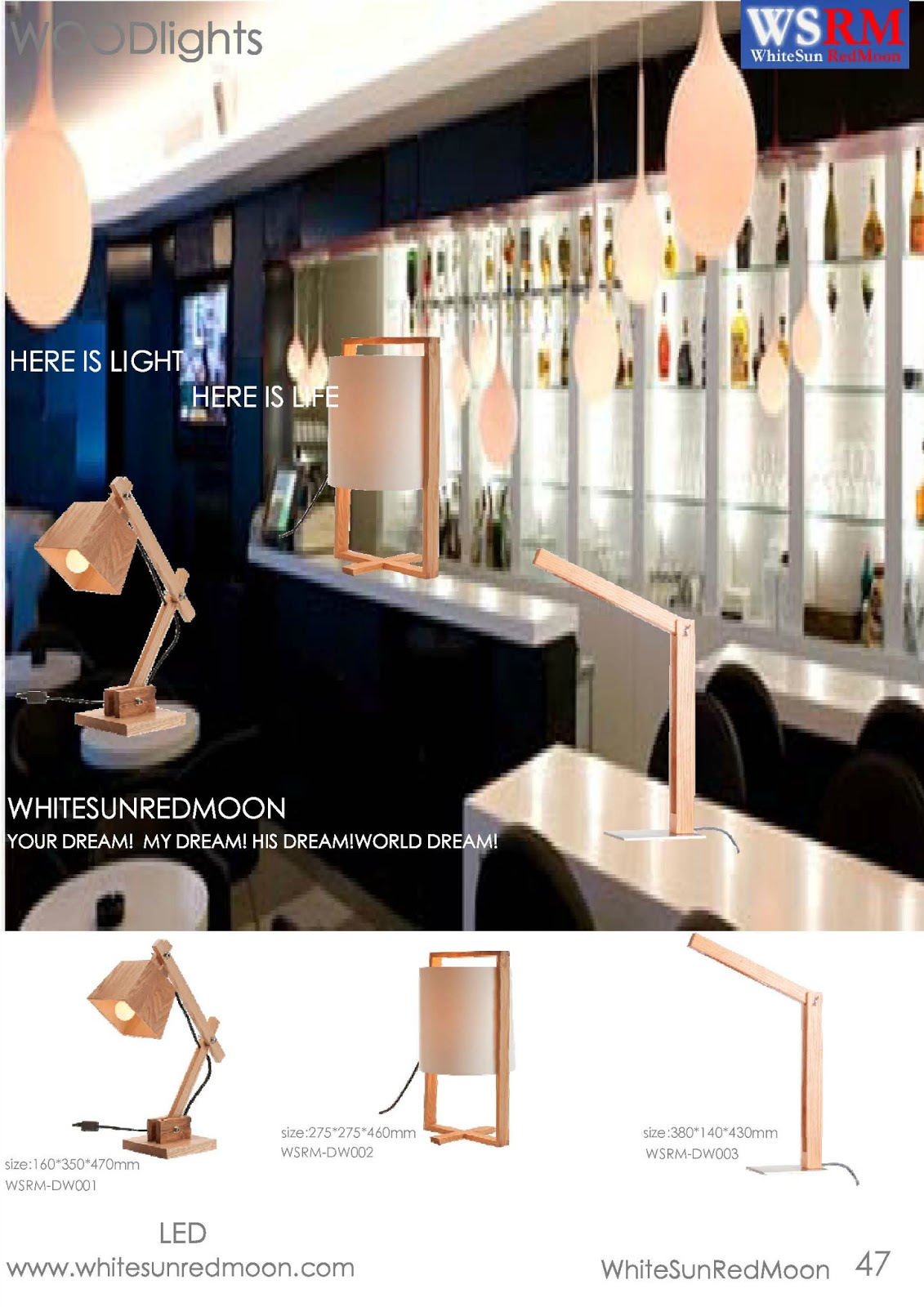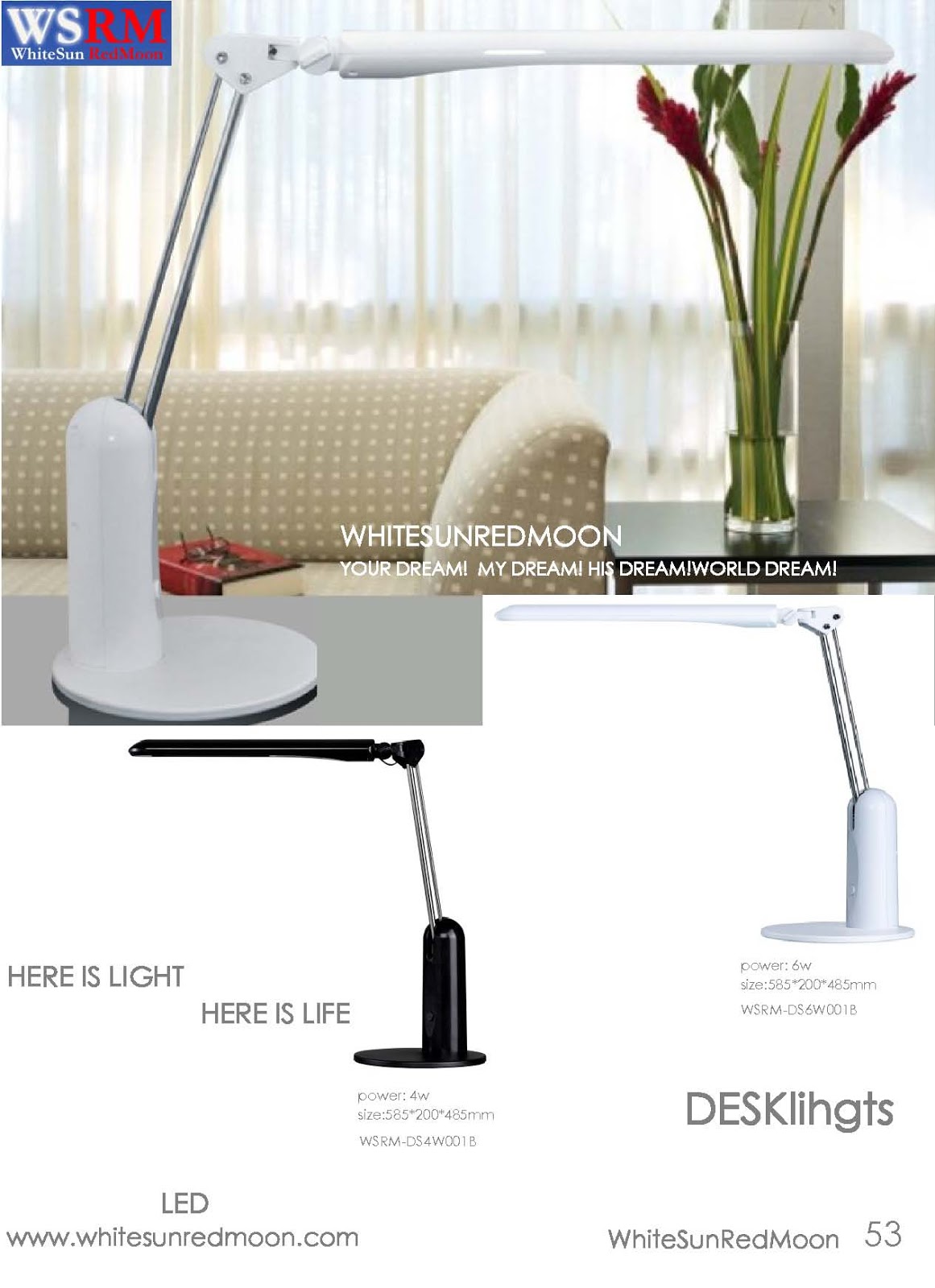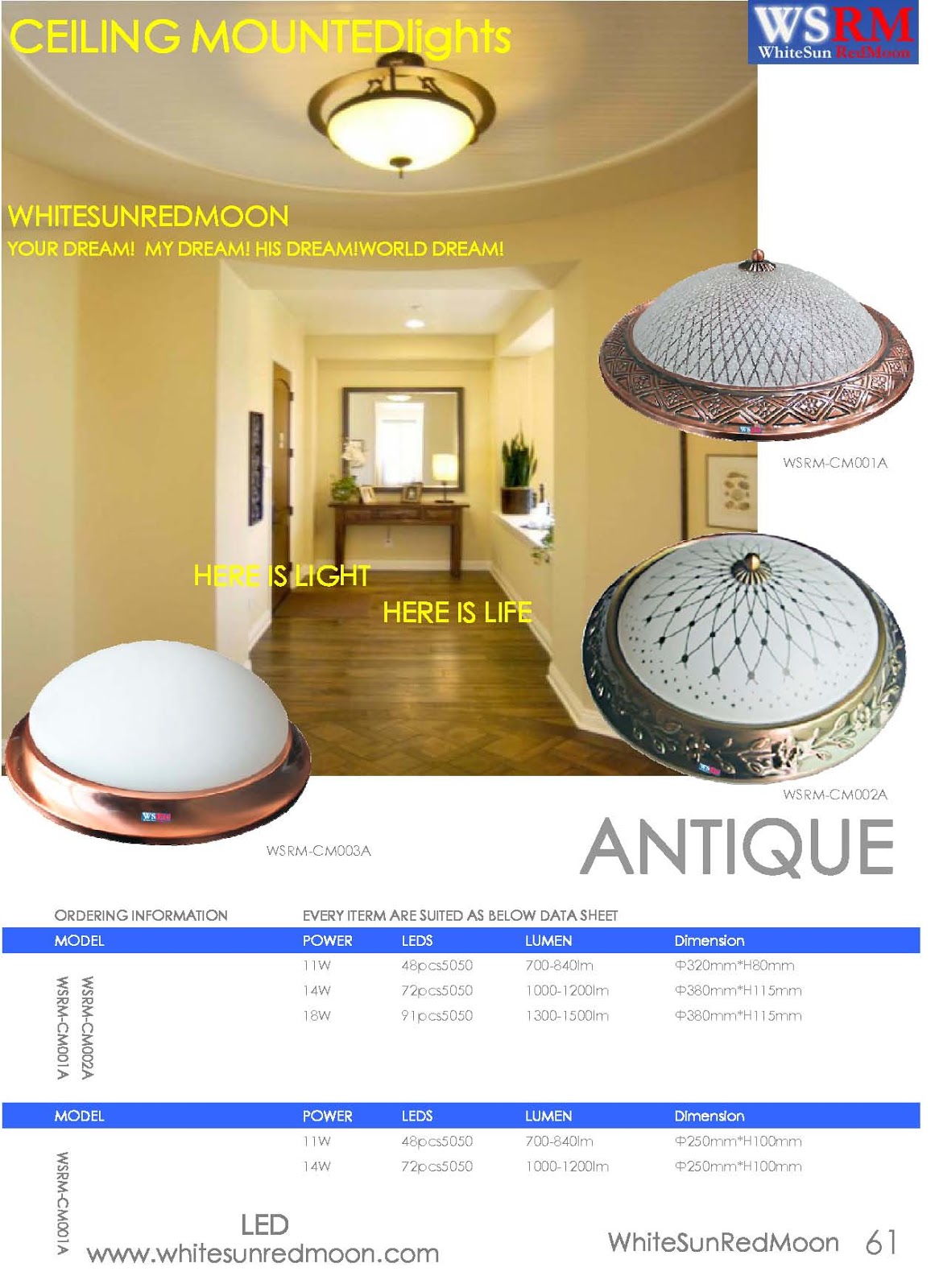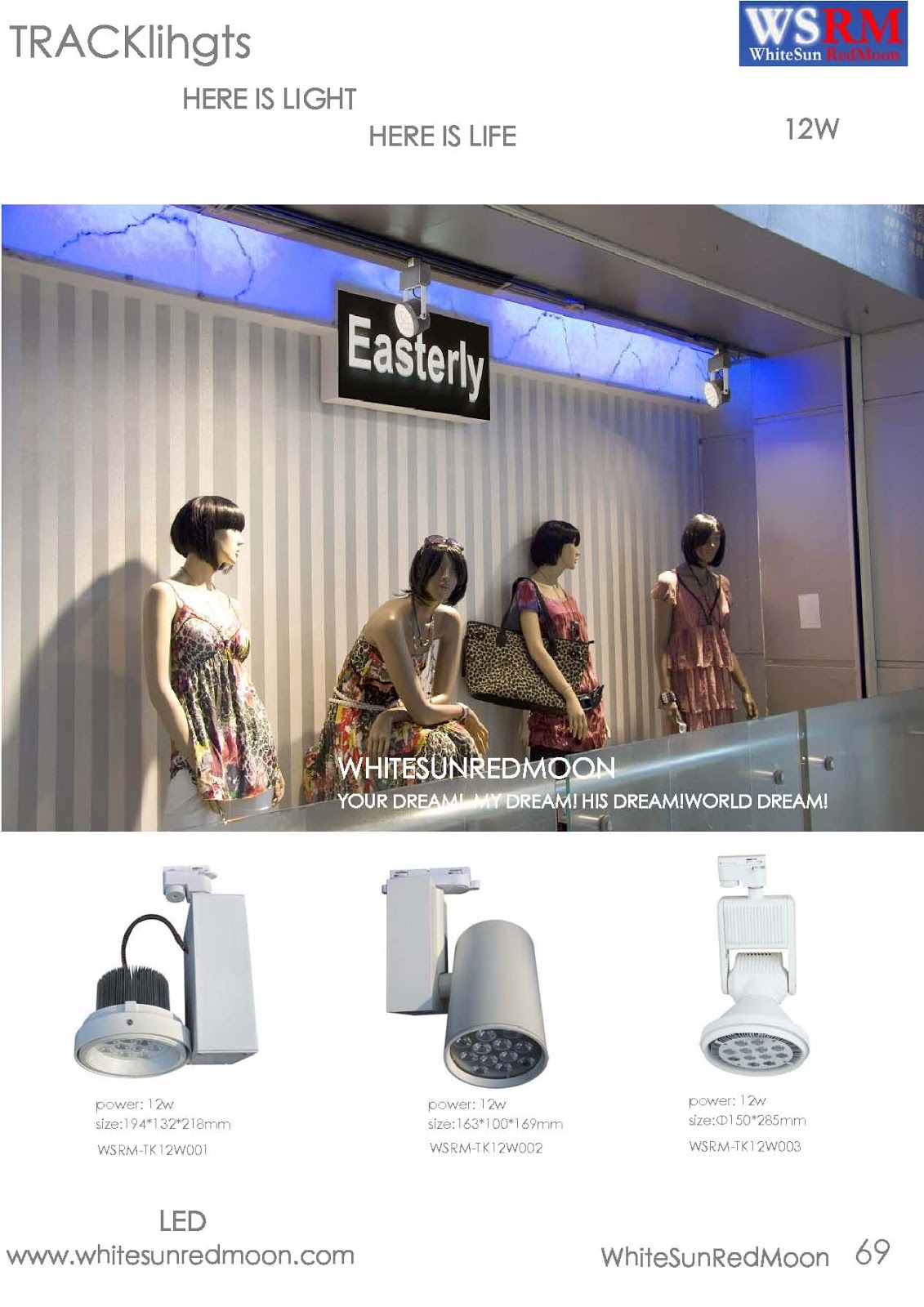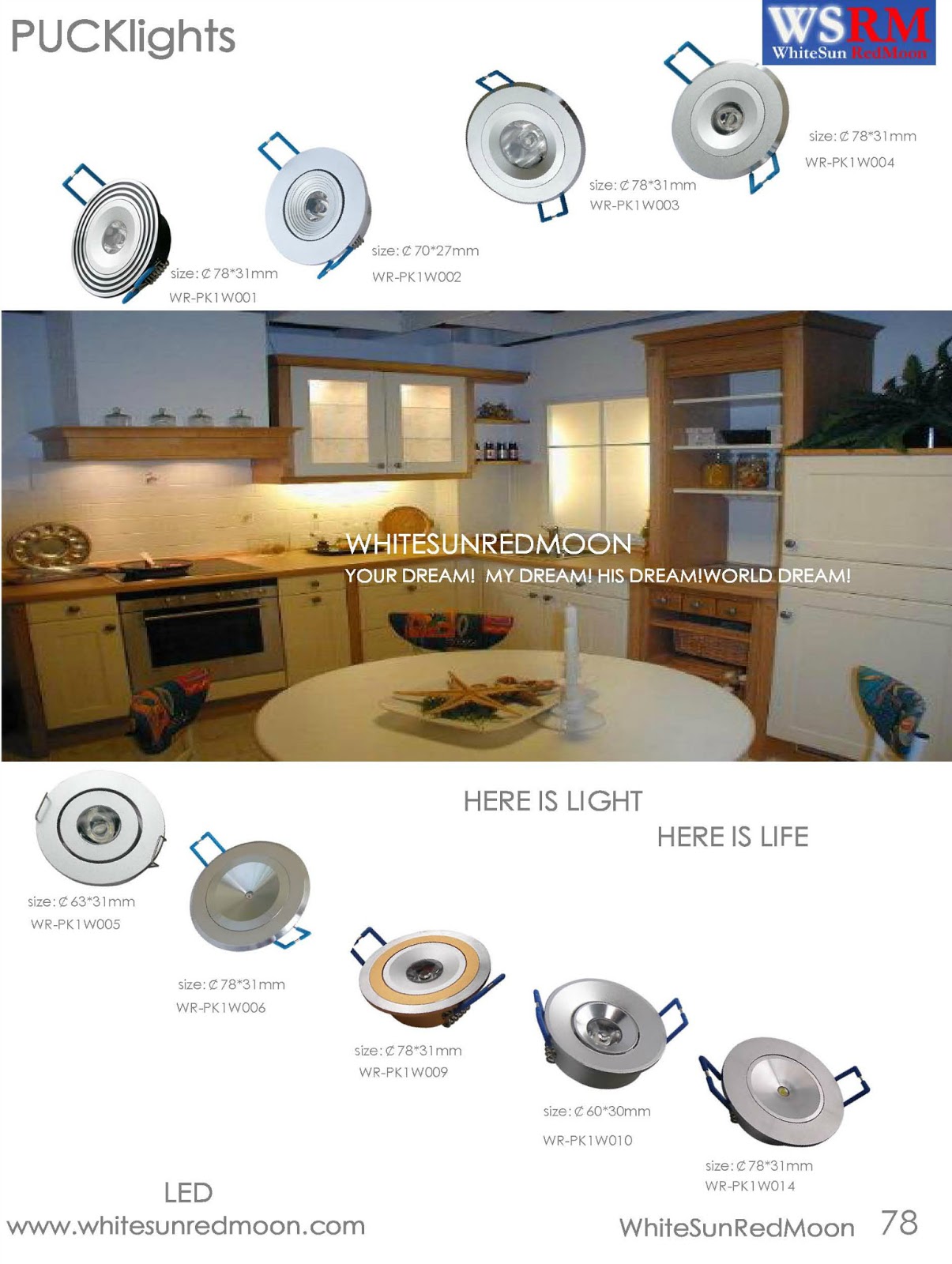WSRM---LEDlights Directionality is difference whit CFLs!---SERIESE introduction2!
We won’t rest until we’ve explored every way LEDs and CFLs differ! This post is part of a series doing just that. So far we’ve covered everything from the basics, like rated-life and energy-efficiency to more complex topics, like how each source performs in cold temperatures.you will read the series introduction in the next period of time.
LEDs and CFLs aren’t always suited for the same applications, because they emit light differently. LEDs are made to emit light in one general direction, while CFLs are omnidirectional, emitting light in all directions, just like incandescent light bulbs.
The LED’s directional light beam is very convenient for many applications because there’s little to no wasted light emitted away from the area you want to illuminate. However, this can get problematic when you replace an omnidirectional light source with a directional LED.
Directional LEDs are perfect for task lighting, display lighting, focused accent lighting, and even for use in recessed cans. Omnidirectional CFLs will work better for decorative lights, like table lamps, chandeliers, and ceiling fans, when you need even light coming from all sides of the light bulb.
Of course, you should also remember that LEDs are still a developing technology, and manufacturers are creating new LED versions of omnidirectional light bulbs. Just make sure the light bulb gives off the kind of light you need before your purchase it.
www.whitesunredmoon.com
http://zgledn.yglm.mobi/
SALES CONTACT
ITALY
Torino
39011redmoon1@myledonline.com
Rome
3906whitesun1@myledonline.com
SPAIN
Barcelona
3493redmoon1@myledonline.com
GERMANY
Berlin
4930whitesun1@myledonline.com
FRANCE
Paris
331redmoon1@myledonline.com
ENGLAND
London
4420whitesun1@myledonline.com
RUSSIA
Moscow
7499redmoon1@myledonline.com
FINLAND
Helsinki
3589whitesun1@myledonline.com
NORWAY
Oslo
47whitesun1@myledonline.com
AUSTRIA
Vienna
431whitesun1@myledonline.com
39011redmoon1@myledonline.com
Rome
3906whitesun1@myledonline.com
SPAIN
Barcelona
3493redmoon1@myledonline.com
GERMANY
Berlin
4930whitesun1@myledonline.com
FRANCE
Paris
331redmoon1@myledonline.com
ENGLAND
London
4420whitesun1@myledonline.com
RUSSIA
Moscow
7499redmoon1@myledonline.com
FINLAND
Helsinki
3589whitesun1@myledonline.com
NORWAY
Oslo
47whitesun1@myledonline.com
AUSTRIA
Vienna
431whitesun1@myledonline.com
NETHERLAND
Amsterdam
3120whitesun1@myledonline.com
SWITZERLAND
Zurich
4144whitesun1@myledonline.com
TURKEY
Istanbul
90216whitesun1@myledonline.com
BELGIUM
Brussels
322whitesun1@myledonline.com
SWEDEN
Stockholm
468whitesun1@myledonline.com
HUNGARY
Budapest
361whitesun1@myledonline.com
SCOTLAND
Glasgow
44141whitesun1@myledonline.com
ICELAND
Reykjavik
354whitesun1@myledonline.com
SWITZERLAND
Zurich
4144whitesun1@myledonline.com
TURKEY
Istanbul
90216whitesun1@myledonline.com
BELGIUM
Brussels
322whitesun1@myledonline.com
SWEDEN
Stockholm
468whitesun1@myledonline.com
HUNGARY
Budapest
361whitesun1@myledonline.com
SCOTLAND
Glasgow
44141whitesun1@myledonline.com
ICELAND
Reykjavik
354whitesun1@myledonline.com

